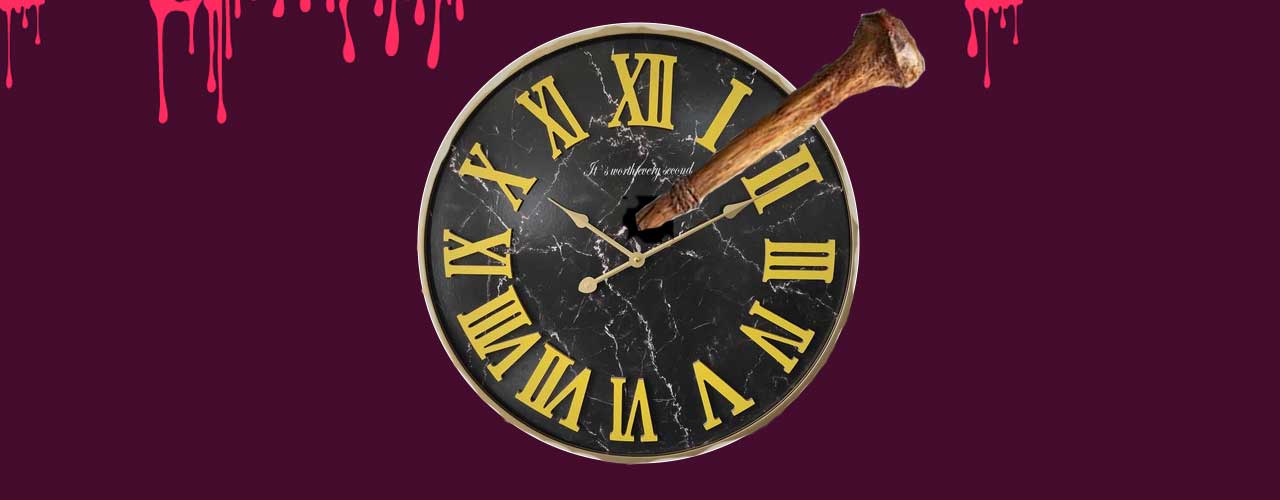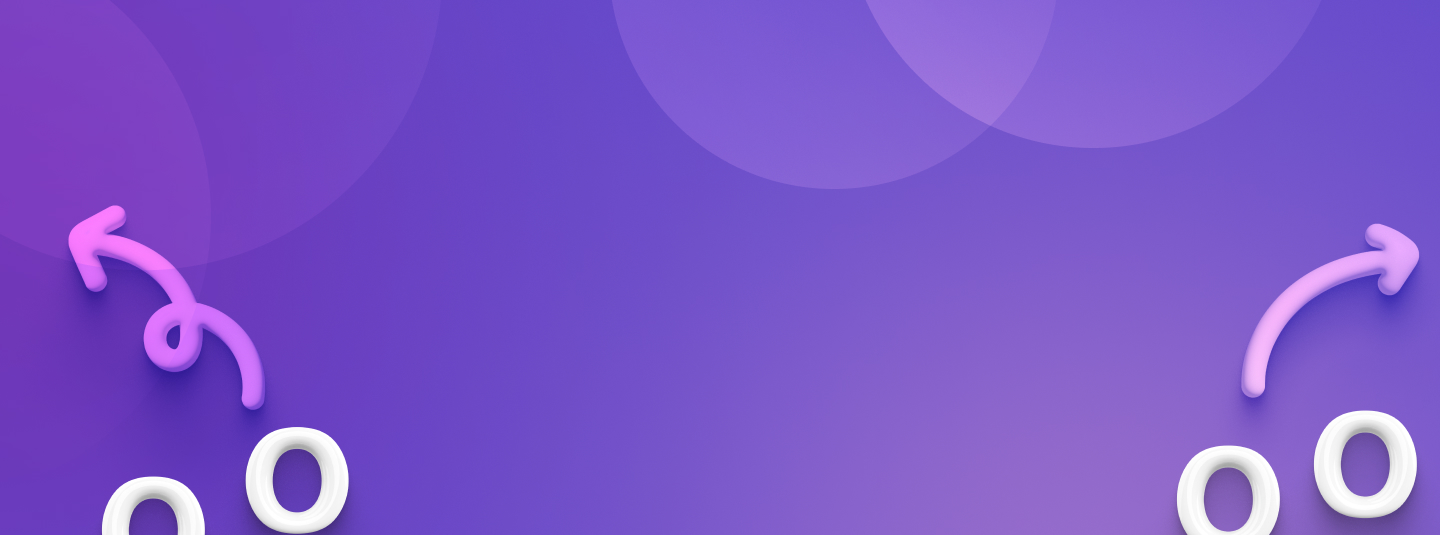
Over the past few weeks, we’ve been tracking a series of interviews (link is to #4 in the series) with 11 Java experts conducted by Jaxenter’s Gabriela Motroc. The Jaxenter articles were triggered by Oracle’s new Java release cadence, which was first announced in September 2017.
From my perspective, however — the March 2018 launch of JDK 10 was the significant moment — it was a blazing neon signal to the community that the Java’s new 6-month cadence was real, as was the shorter period for free public security updates and bug fixes.
In the interests of fair use, I’m only going to provide a few highlights and invite you to spend time with the entire interview series. From my (and Azul’s) perspective, if you are a Java developer, and especially if your organization depends upon Java 8 — you have decisions to make well before what we call the upcoming Java support cliff — when free public updates for Java 8 end next January.
But first, let’s look at some of the interviews taken from the latest Jaxenter posting:
“Why would you use a version of Java you cannot get new updates for? Java 9 and Java 10 should be considered beta versions from a production standpoint. And the jury is out on Java 11. If Oracle aggressively pursues monetization from Java, then Java 11 will have a short public (free) maintenance window, then it too will be considered non-production.
“I think almost the entire Java user base is going to stay with Java 8 and await Oracle’s final position on all this after their monetization strategy plays out. We will likely be waiting a few years more on this. [HG emphasis added]
“In the meantime, what we already see happening is business booming for Azul Systems, who provide a Java support alternative to Oracle. We can expect the non-Oracle Java support business to grow with perhaps new entrants.”
— Greg Luck, Hazelcast CEO/CTO
“I am wearing two hats to answer this questions. First of all, I do believe that every Java developer is eagerly waiting for faster progress of the runtime. Having new features that reflect today’s requirements better is a must to stay productive and deliver value to customers.
“On the other hand, it will be a big challenge for enterprises to adopt this fast-paced release cadence. The official support windows had to shrink, too. It will be interesting to hear more concrete customer stories about their process and experiences getting deeper into the new release cadence.
“But even for enterprises, this might just be a new and accelerated process. The biggest challenge is buried for library developers and open source projects. The support range for Java versions requires them to keep various versions and support a reasonable subset of JDK versions that are used by their consumers. [HG emphasis added] The keyword here is the Multi-Release JAR. If that will work out for everybody is another question that will be answered over time.”
— Markus Eisele, Lightbend Head of Developer Advocacy and Java Champion
Finally, how will the cascade of new Java releases be received by developers? Some clearly are excited by the faster pace, but is the pace too fast? Here’s a perspective from Wayne Citrin, CTO and co-founder of JNBRIDGE: “I’m on record as saying that it’s too soon for a new feature release and that the twice-a-year cadence is too much. There’s a real danger of “release fatigue,” as the Java community’s excitement over new releases is squandered.”
What’s clear, so far, is that there’s change in the air, and we’re all going to need to make adjustments.
How is your organization responding to the new Java release cadence? Drop me a line at [email protected], and I’ll highlight (with your permission) select community views in a future post.
Curious about Java 10/OpenJDK 10? You can download Java 10 for Windows, Linux or macOS at azul.com.



